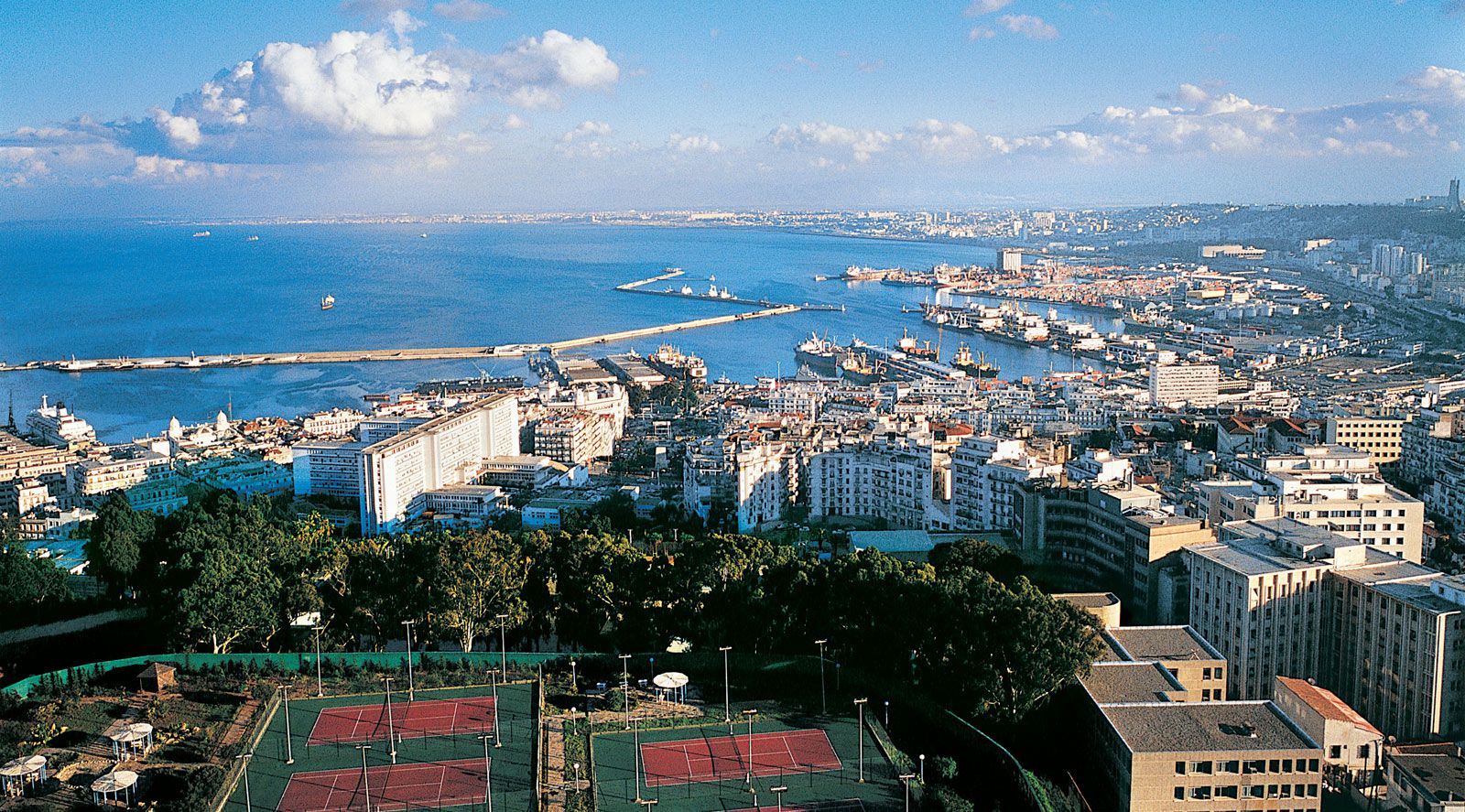
A number of African countries have advanced into upper-middle income status in recent years, which is a major turning point in the economic progress of the entire continent. For African nations, reaching upper-middle income status is an important milestone that indicates their progress toward economic development and prosperity. Most countries on the planet fall below this category and no one country is above it currently.
To begin with, upper-middle-income countries can take advantage of expanded trade prospects by strengthening their economic fundamentals and developing their infrastructure.
Additionally, Upper-middle-income African nations are able to give education, healthcare, and skill development top priority due to their higher income levels. Better access to high-quality healthcare and education boosts labor productivity.
The economies of this tier of countries grow at a rate that makes it possible to close infrastructure gaps and develop vital networks like telecommunications, electricity, and transportation.
On the administrative part, governments can improve public services when their revenue levels are higher, and the citizens are generally more satisfied. This creates a synergy between the leaders and its people to focus on growth oriented initiatives and the overall betterment of the standard of living.
Asides local human capital development and domestic economy growth, foreign investors seeking higher returns and expansion opportunities are drawn to upper-middle-income countries due to their stability and growth potential.
With that said, here are the African countries listed as upper-middle income countries by the World Bank.
List of African countries categorized as upper-middle income countries
- Algeria
- Libya
- Gabon
- Namibia
- Botswana
- South Africa
- Equatorial Guinea
- Mauritius










